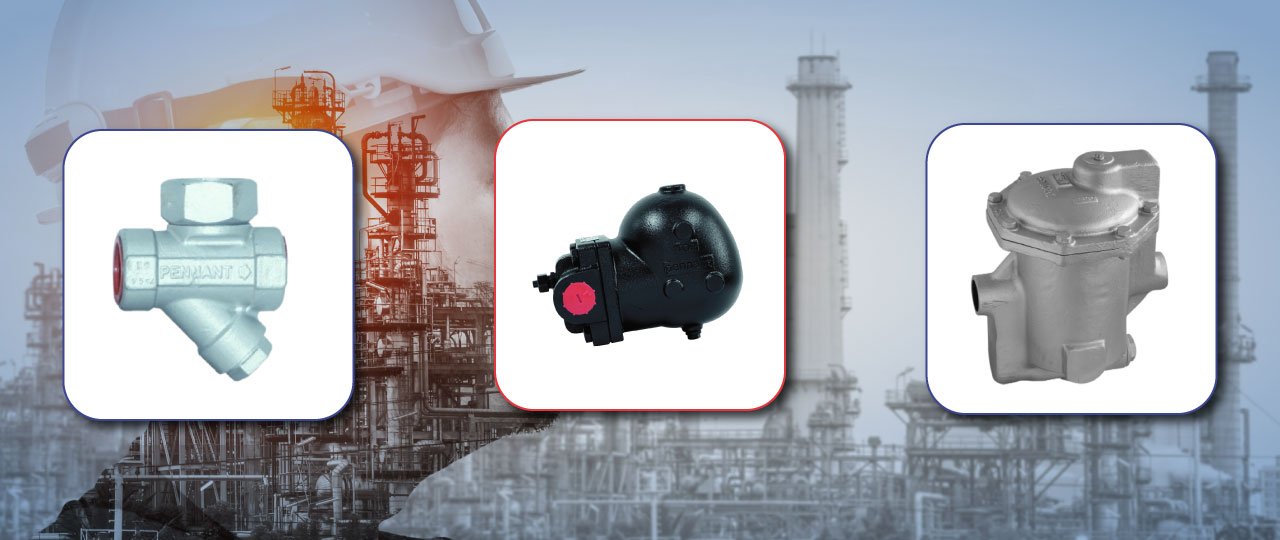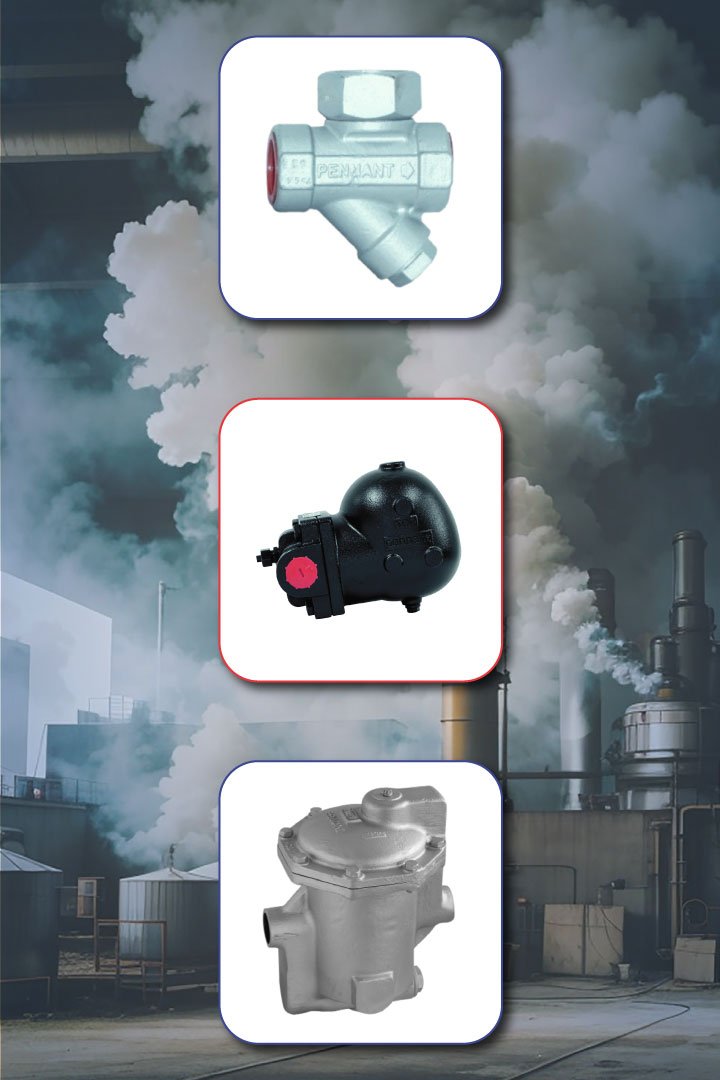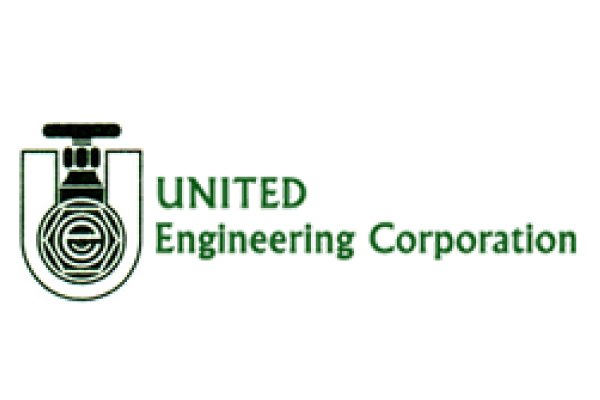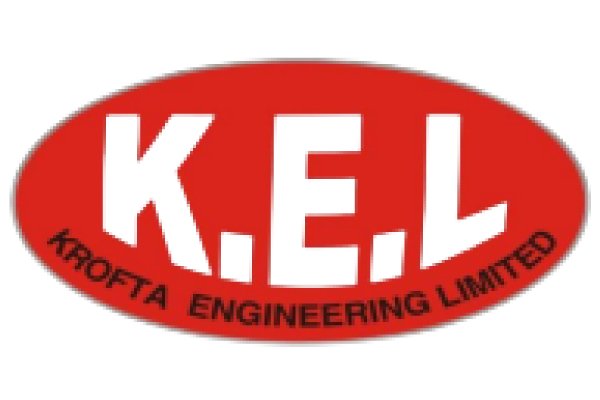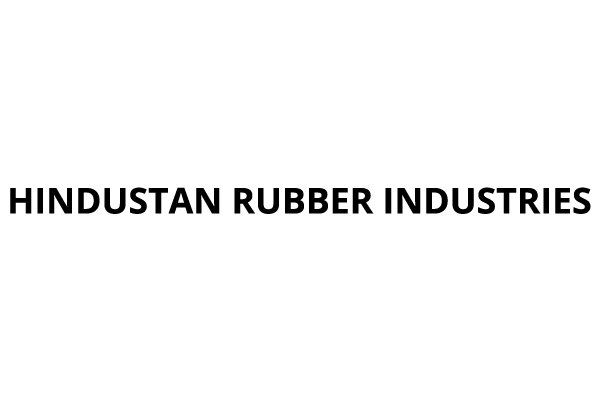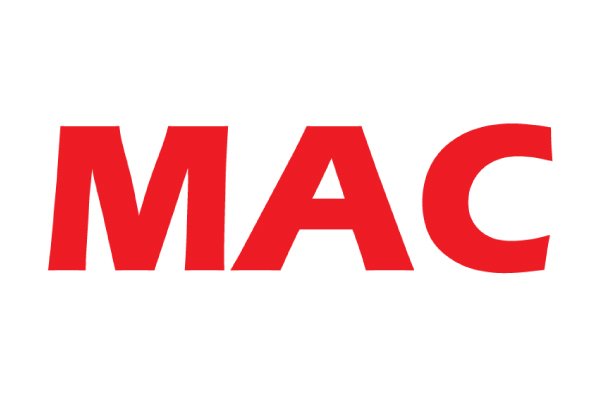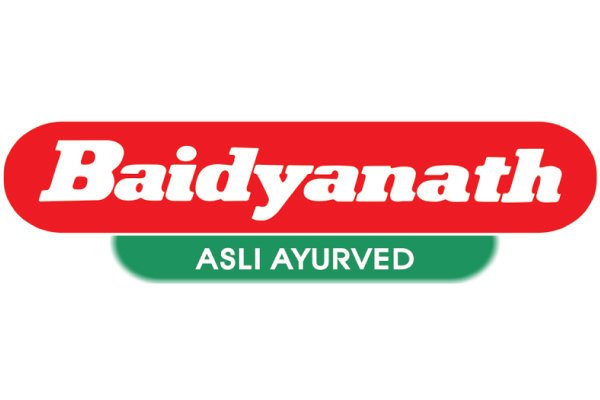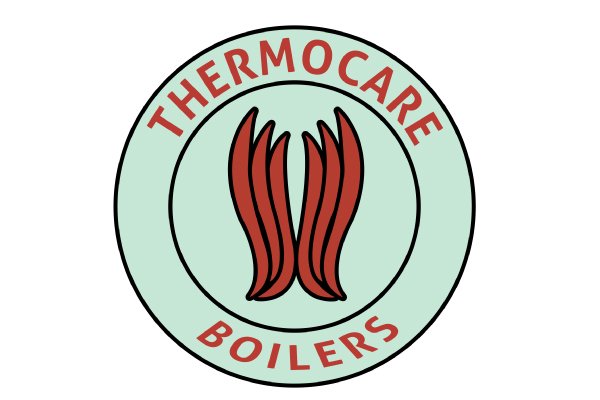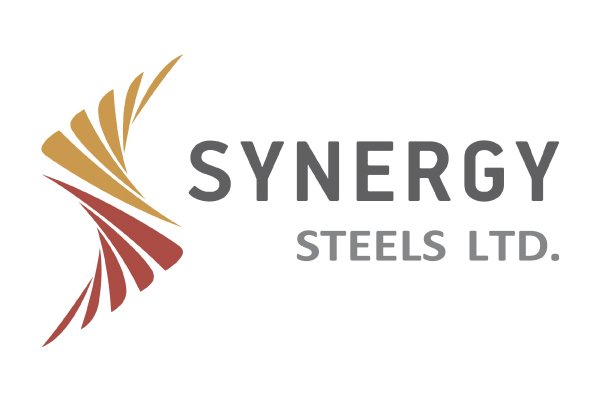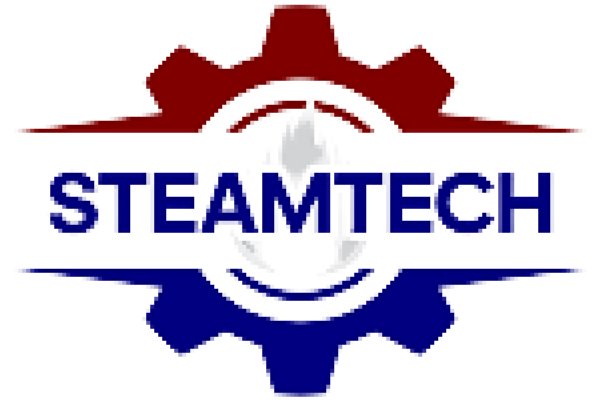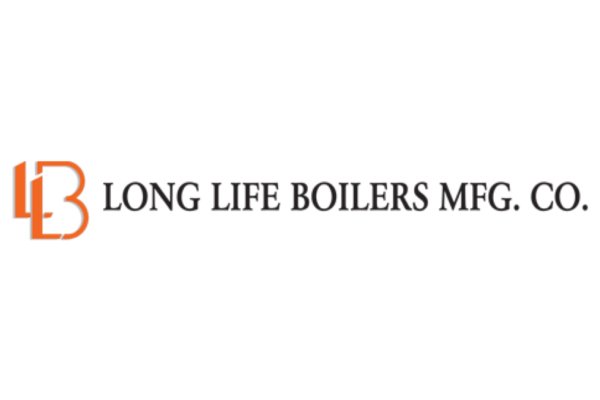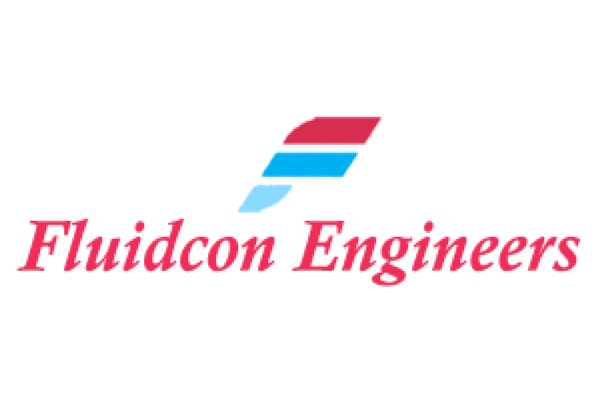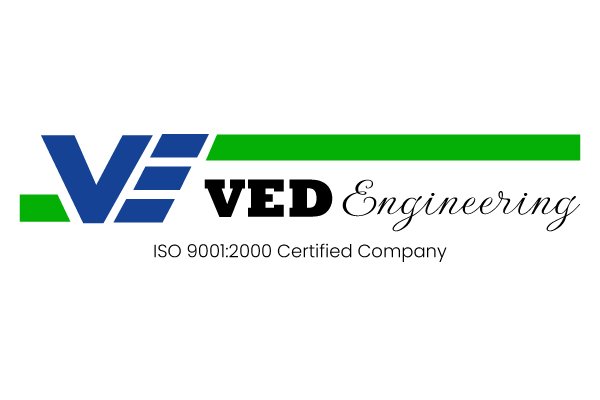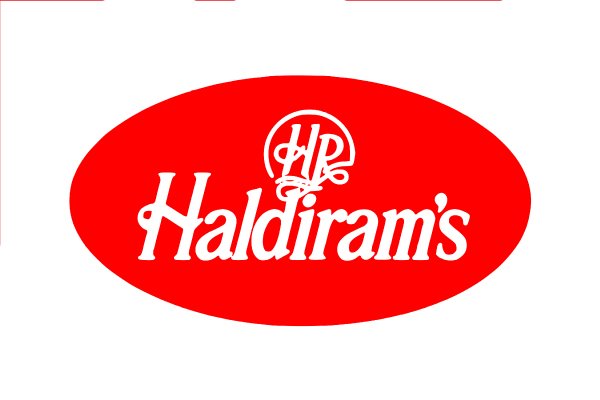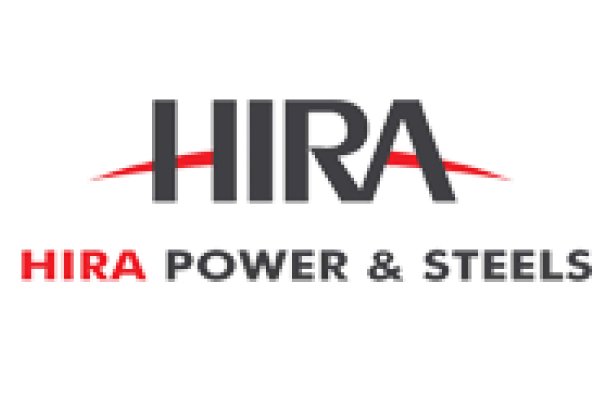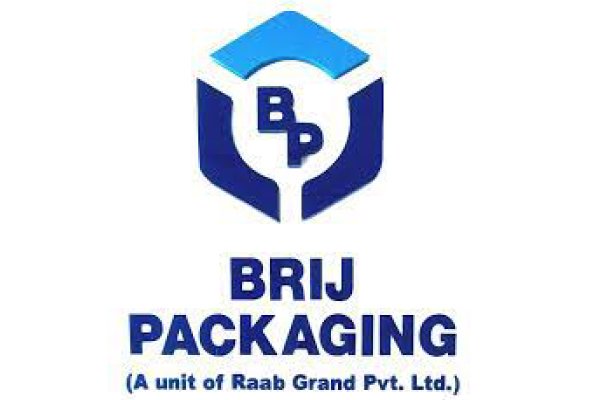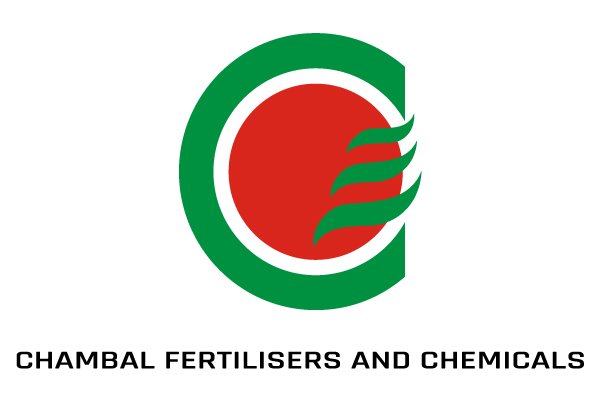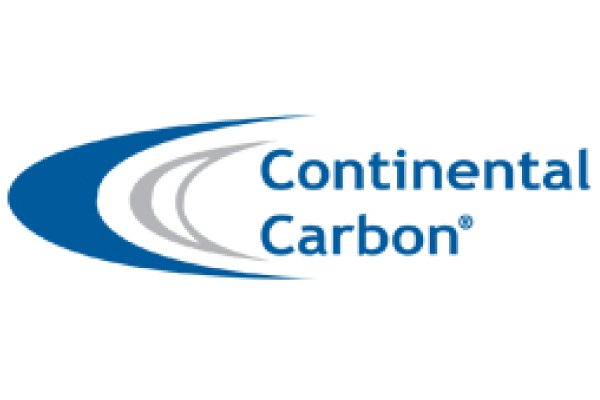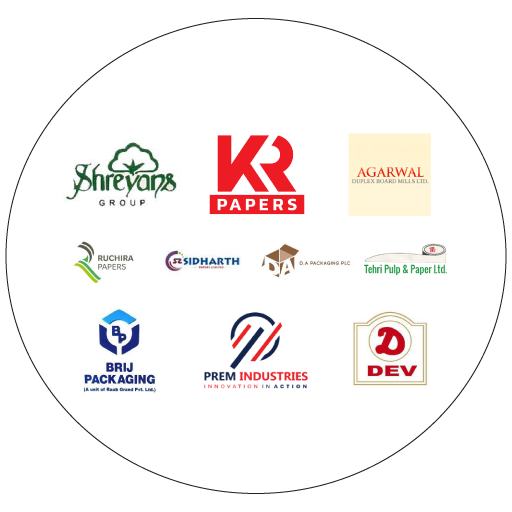Steam traps are essential in industrial steam systems, playing a pivotal role in maintaining operational efficiency and reliability. These automatic valves are crucial for separating condensate and non-condensable gases from steam, thereby preventing steam loss and protecting the system from damage due to condensate build-up. This guide delves into the intricacies of steam traps, highlighting their various types, each uniquely suited for different industrial needs. It emphasizes the importance of selecting the right steam trap based on system requirements and environmental conditions to optimize energy efficiency. Additionally, the guide covers best practices in steam trap usage, including routine maintenance and troubleshooting, to ensure their long-term functionality and efficiency.
A. What Are Steam Traps?
Steam traps are specialized automatic valves critical in steam systems, designed to selectively filter out condensate (water formed when steam cools and condenses) and non-condensable gases like air and carbon dioxide, while keeping valuable steam contained within the system. These traps operate without external control, opening, closing, or modulating automatically to respond to the immediate conditions within the steam system.
Their functionality is based on the differences in temperature, density, or phase between steam and condensate. This allows them to distinguish between the two, ensuring that only condensate and non-condensable gases are expelled. By doing so, steam traps play a vital role in conserving energy and improving the efficiency of the steam system. They are ingeniously designed to operate under a wide range of pressures and temperatures, making them versatile for various industrial applications.
B. The Role of Steam Traps in Industry
In industrial contexts, steam traps are more than just components; they are key to ensuring the smooth, efficient, and safe operation of steam systems. They serve several critical functions:
Maintaining System Efficiency: By removing condensate effectively, steam traps prevent water hammer (a potentially damaging phenomenon caused by condensate buildup), corrosion, and other issues that can arise in steam systems. This maintenance of dry steam ensures optimal heat transfer, which is crucial for the efficiency of processes that rely on steam.
Reducing Waste: Steam traps help minimize steam loss. Without them, steam would escape with the condensate, leading to significant energy and financial losses. Efficient steam traps thus contribute to the economic operation of the system.
Ensuring Safety: By controlling the discharge of condensate and preventing the buildup of non-condensable gases, steam traps reduce the risk of system damage and enhance operational safety. This is crucial in high-pressure environments where the integrity of the steam system is paramount.
Environmental Impact: Effective steam trap management can have a positive environmental impact by reducing energy consumption and, consequently, the carbon footprint of industrial operations.
Overall, the role of steam traps in industrial settings cannot be understated. Their proper functioning and maintenance are essential for the reliability, safety, and efficiency of any steam-based system, directly impacting the performance and sustainability of industrial operations.
C. Types of Steam Traps
The selection of the right type of steam trap is essential for the effective operation of steam systems. Different types of steam traps have been developed to meet various operational requirements, and their selection often depends on specific system conditions like pressure, temperature, and the nature of the application. Here’s a detailed look at the three main types: Mechanical, Thermostatic, and Thermodynamic traps.
I. Mechanical Traps
Operating Principle: Mechanical steam traps operate on the principle of the density difference between steam (a gas) and condensate (a liquid).
Types and Mechanisms: The most common types are float traps and inverted bucket traps. In float traps, a buoyant ball or float rises and falls with the level of condensate, opening or closing the valve to release condensate while keeping steam in. Inverted bucket traps rely on a buoyant, inverted bucket that floats on condensate; steam entering the trap causes the bucket to drop, opening the valve to discharge condensate.
Applications: These traps are particularly effective in applications where rapid removal of condensate is crucial, such as in heating systems or process applications where condensate can impair heat transfer efficiency.
II. Thermostatic Traps
Operating Principle: Thermostatic steam traps operate based on the temperature difference between steam and cooler condensate and non-condensable gases.
Types and Mechanisms: Common types include bimetallic, liquid expansion, and balanced pressure traps. These traps have elements (like a bimetallic strip or a liquid-filled bellows) that expand or contract with temperature changes, opening or closing the valve.
Applications: Thermostatic traps are ideal for applications requiring the removal of condensate
III. Thermodynamic Traps
Operating Principle: Thermodynamic steam traps function based on the dynamic response of steam and condensate. They rely on changes in fluid dynamics and enthalpy (energy content) between steam and condensate.
Types and Mechanisms: The most common type is the disc trap, where a disc moves in response to pressure changes caused by the velocity of steam and condensate. Steam entering the trap creates a pressure change that snaps the disc onto the seat, closing the trap. As the steam cools and condenses, the pressure drops, and the disc lifts, allowing condensate to escape.
Applications: Known for their simplicity, robustness, and small size, thermodynamic traps are suitable for mainline drainage and high-pressure applications. They are generally tolerant of water hammer and perform well in environments where other trap types might struggle.
Each type of steam trap has its unique advantages and is designed for specific scenarios in industrial steam systems. Understanding these types and their applications is crucial for making informed decisions about steam trap selection, ensuring the efficiency and reliability of steam systems in various industrial settings.
D. Selecting the Right Steam Trap
Selecting the appropriate steam trap is crucial for the optimal performance of a steam system. This process involves understanding various factors that determine the most suitable type of trap for a given application.
I. Factors to Consider
Operational Pressure: The pressure at which the steam system operates is a key determinant in selecting a steam trap. Different traps are designed to work efficiently at specific pressure ranges. High-pressure systems, for example, might require robust traps like thermodynamic ones, while low-pressure systems could benefit from float-type traps.
Temperature Conditions: The temperature of the steam and the system’s environment affects the choice of trap. Thermostatic traps, for example, are sensitive to temperature changes and are suitable for applications where steam temperature and condensate removal are closely linked.
System’s Capacity Requirements: The capacity of the steam system, which involves the volume of steam and condensate that needs to be handled, is critical. An undersized trap might not effectively handle the condensate load, while an oversized trap could lead to unnecessary energy loss.
Application Type: Different industrial applications might have specific requirements. For example, systems that face significant condensate loads right at startup might benefit from traps that can handle large capacities, like float traps.
Condensate Discharge Characteristics: How and where the condensate needs to be discharged can influence trap selection. Some traps are better suited for lifting condensate, while others are designed for gravity drainage.
II. Matching Steam Traps to System Needs
Understanding System Requirements: A thorough analysis of the steam system’s operation is essential. This includes understanding the load variations, the presence of any back pressure, the likelihood of a water hammer, and the nature of the application (heating, processing, etc.).
Environmental Factors: External factors like ambient temperatures, risk of freezing, and potential for water hammer also play a role in trap selection. For instance, in environments prone to freezing, traps with good air venting capabilities are desirable.
Durability and Maintenance Needs: Some traps might be more durable or easier to maintain in certain environments. For example, thermodynamic traps are known for their robustness and minimal maintenance needs, making them suitable for harsh conditions.
Energy Efficiency Considerations: Energy efficiency is a major concern in industrial operations. Selecting a trap that minimizes steam loss while effectively removing condensate is key. The efficiency of a steam trap directly impacts the overall energy consumption of the system.
Cost-Effectiveness: While initial cost is a factor, the long-term operational and maintenance costs also need consideration. A cheaper trap that requires frequent replacements or causes higher energy losses might not be cost-effective in the long run.
In summary, selecting the right steam trap involves a careful consideration of various technical and operational factors. A well-chosen steam trap not only ensures the efficient operation of the steam system but also contributes to energy savings, reduced maintenance costs, and enhanced system longevity.
E. Maintenance and Troubleshooting
Proper maintenance and effective troubleshooting are essential for ensuring that steam traps function optimally throughout their service life. Let’s delve into these aspects in more detail.
I. Regular Maintenance Practices
Regular Inspections: Regularly inspecting steam traps is key to identifying any potential issues before they escalate. This includes checking for visible signs of wear, corrosion, or damage.
Cleaning: Over time, steam traps can accumulate dirt, scale, or debris, which can impede their function. Regular cleaning helps in maintaining their efficiency and preventing blockages.
Timely Replacement: Parts of steam traps or the entire unit may need replacement over time due to wear and tear. Proactive replacement of worn parts can prevent system failures and inefficiency.
Monitoring Performance: Regularly monitoring the performance of steam traps using ultrasonic testers, temperature gauges, or visual inspection can help in detecting inefficiencies early.
Record Keeping: Maintaining records of maintenance activities, issues encountered, and replacements done can help in predicting future maintenance needs and planning accordingly.
II. Troubleshooting Common Issues
Backlogging of Condensate: If condensate is not being effectively removed, it can lead to issues like water hammer, corrosion, and reduced heat transfer efficiency. Check for blockages in the trap or improper trap selection for the application.
Steam Leakage: Steam escaping through the trap indicates a malfunction, often due to worn or damaged internal components. Regular testing can help detect such leaks. Replacing faulty parts or the entire trap may be necessary.
Noisy Operation: Unusual noise from a steam trap could indicate problems like water hammer or flash steam. Inspecting for proper installation, trap orientation, and operational parameters is crucial.
Corrosion: External or internal corrosion can affect trap function. Regular inspection and using corrosion-resistant materials can help mitigate this issue.
Effective maintenance and troubleshooting of steam traps are crucial for the efficient and safe operation of steam systems. Regular care and addressing issues promptly not only extend the life of steam traps but also ensure the overall operational efficiency of the system. Understanding common issues and how to address them can significantly reduce downtime and operational costs.
Conclusion
Understanding steam traps is paramount for industrial efficiency and sustainability. The meticulous selection, routine maintenance, and staying abreast of technological advancements are pivotal in unlocking their full potential.
In an ever-evolving industrial landscape, steam traps retain their indispensable role, championing the sustainable and efficient utilization of steam as a driving force in manufacturing and beyond. These silent sentinels, with their diverse types and precise functions, steadfastly uphold the integrity of steam systems within the dynamic realm of industrial processes.
Partner with Perfect Engineering Services to optimize your steam systems. We will ensure that your steam traps work seamlessly, enhancing efficiency and sustainability in your operations. Contact us today to embark on a journey towards peak industrial performance.






